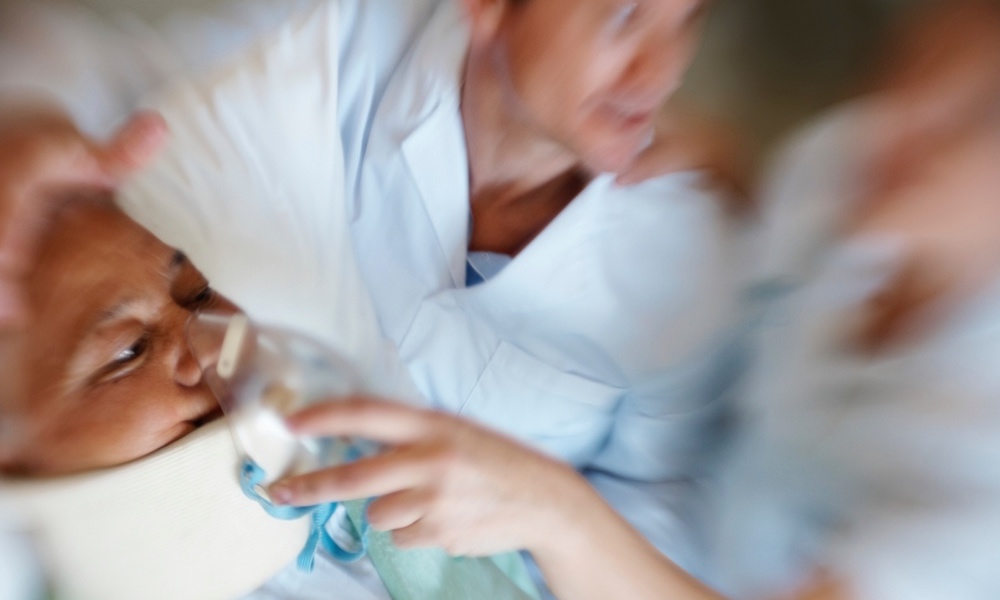Over 700,000 Americans died of COVID-19 by the end of the first week in October 2021. As sobering as this number is, the risk to certain racial and ethnic groups is even worse. At the height of the pandemic the likelihood of dying if you were Black, Native American or Latinx was more than twice that of their White and Asian counterparts, new research shows.
Researchers from the National Cancer Institute, the National Institute for Minority Health and Health Disparities, and the Pacific Institute for Research and Evaluation joined forces to investigate this apparent racial death gap and uncover its origins. They pulled data from the CDC National Center for Health Statistics from March to December 2020 and compared numbers of projected deaths among all racial groups to actual recorded deaths. An estimated 2.88 million deaths occurred during this period, more than 475,000 deaths beyond what would normally be expected.
Nearly three-quarters of the excess deaths were caused by COVID-19, the data revealed. The remaining excess deaths were mostly caused by chronic, stress-related diseases such as diabetes, heart disease and cancer. These deaths also occurred disproportionately among Black, Latinx and Native American populations.Chronically underfunded healthcare systems and limited community infrastructure have hindered efforts to combat the COVID-19 pandemic in Native American communities.
Race was found to be the largest factor in the disproportionate instance of severe illness, hospitalization and death due to COVID-19. Black and Latinx people were more likely to face workplace exposure to COVID-19, and to live in multigenerational households where transmission to vulnerable people such as elders is difficult to prevent. They were also more likely to rely on public transportation which increased their potential exposure to the virus compared to White and Asian adults.
Black and Latinx people were also more likely to live in densely populated neighborhoods and housing which facilitate the spread of airborne disease. Public housing is also notoriously plagued with mold and other respiratory stressors in many inner-city environments, adding another risk factor to the racial COVID gap.
Chronically underfunded healthcare systems and limited community infrastructure have hindered efforts to combat the COVID-19 pandemic in Native American communities.
Race has also affected how and where vaccines are distributed. While 77 percent of the total adult population in the U.S. has been given at least one COVID vaccination, Black and Latinx individuals are less likely than their White and Asian peers to have received a shot. Some of this disparity is likely the result of lingering distrust among people of color, but ease of access is a factor, too.Black and Latinx people were more likely to face workplace exposure to COVID-19 and to live in multigenerational households where transmission to vulnerable people such as elders is difficult to prevent.
Culturally-sensitive efforts need to be made to address these barriers to health in vulnerable communities; the researchers point to recent efforts at the tribal level in Native American communities as a successful example of such interventions. Racial vaccine gaps also seem to be narrowing over time, particularly among Latinx people, another sign that the tide may slowly be turning.
The study is published in Annals of Internal Medicine.





